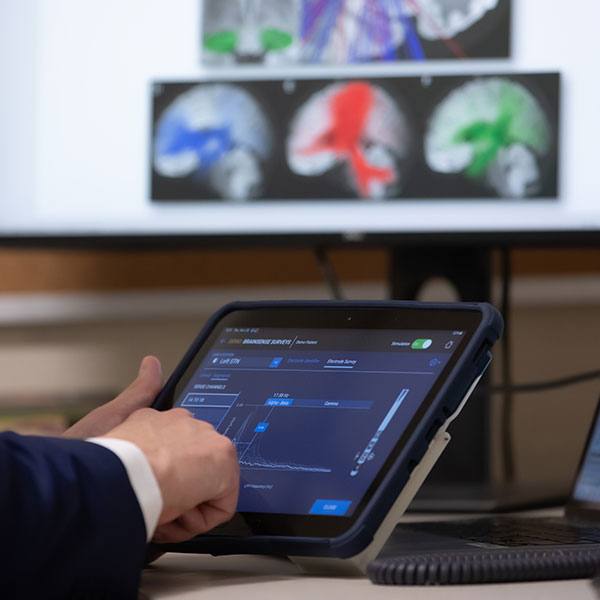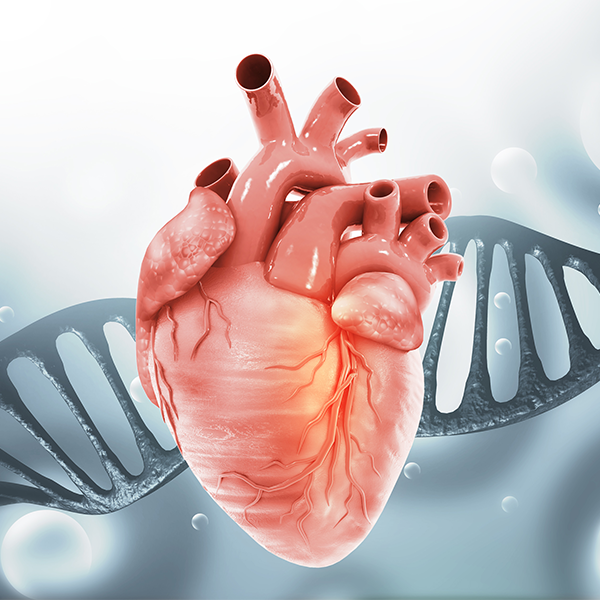-
How I spent my summer vacation
Curious about what it's like to work in a basic science lab, Yak Nak, a first-year medical student at the University of Missouri-Columbia, signed on to be part of Mayo Clinic's Summer Research Fellowship.
The eight-week program offered by Mayo Clinic Graduate School of Biomedical Sciences prepares students from groups underrepresented in medicine for careers in clinical care and patient-oriented research. Based on his medical interests, Nak was paired with the basic science lab of anesthesiologists Y.S. Prakash, M.D., Ph.D., and Christina Pabelick, M.D., studying cellular changes in the lungs of premature infants.
His mentor in the lab, Colleen Bartman, Ph.D., a postdoctoral fellow, guided him through a project that produced successful results. But both say the biggest takeaways of the summer will be lifelong.
They sat down to talk with Discovery’s Edge about the program.

What were your expectations when you arrived for the Summer Research Fellowship?
Nak: I applied to Mayo's Summer Research Fellowship program during my first year of medical school. My main interest is in surgery, and the majority of my previous research experience is in surgical clinical research. But I'd never done any basic science. To tell you the truth, I was extremely apprehensive. I thought maybe I'll pick up a skill and enjoy it, or maybe I'll find out basic research is not for me. But at least I'll have given it my full effort.
Then I was blown away by what happened over eight weeks. The first thing that impressed me was Mayo's culture, which was extremely inclusive. And then there was the research itself.
I think I went through a rite of passage this summer. I now know I'm going to incorporate research in some way in my career.
How did the two of you begin to work together?
Dr. Bartman: My research focuses primarily on premature infants and understanding mechanisms relevant to their lung development, including exposures like those that can happen in the neonatal intensive care unit that can prime the premature lung for lifelong diseases of the airway. Yak and I sat down on the first day and determined an experimental focus that we continued to shape and develop throughout the summer. In that first meeting, and in every meeting afterward, we kept asking: "How are these data informing our understanding of a disease mechanism? Are the data supporting our hypothesis or taking us in a new direction?"
Yak's curiosity is so apparent and so exciting. We had great conversations about what the data meant in the grand scheme of things and what the next steps would be.
What was the dynamic like working together as a postdoctoral mentor and summer research fellow?
Nak: Coming in from a different institution without much background in this type of research is quite an overwhelming feeling. Originally, I thought I was just going to come in and have a set of tasks — just run experiments and be a technician. But I was paired with Colleen, who presented me with conceptual questions and really challenged me.
I didn't come in with a deep understanding of the field. But I knew I had a deep interest. Her questions provided me with a direction and supported me — just allowing me to explore as far as I wanted to. That support made me feel like I was instantly part of a team — like I had a voice, and my ideas were valued.
Dr. Bartman: Postdoctoral fellows serve an important role, both in active mentoring and in building a team environment where research ideas can be shared and new scientists blossom. We all grow from that.
I feel fortunate to be in a position where I can share the joy of scientific discovery with budding scientists in a way my mentors and colleagues have done for me throughout my career. This is a vital thread in the fabric of the scientific community.
What was the focus of your research project, and what were the most important results?
Nak: When premature babies are administered supplemental oxygen, this abundance of oxygen — known as hyperoxia — affects how their airways develop and can cause lifelong detrimental effects.
The lab had previously shown that hyperoxia drives increased calcium in airway smooth muscle cells. Increased calcium can lead to increased muscle contraction, which can lead to chronic restriction and potentially asthma. But the underlying mechanisms are still not fully understood.
We used a fluorescent dye and live cell microscopy to visualize and measure intracellular calcium under various conditions to identify pathways involved in calcium regulation. In particular, we explored pathways involved in how hydrogen sulfide, a gas that's naturally present in the body in small amounts, can reverse damage caused by hyperoxia exposures.
These studies led us to investigate the role of hydrogen sulfide in mitochondrial structure and function, since these organelles are involved in calcium buffering. We found that hyperoxia damages mitochondrial networks, which has downstream effects on intracellular calcium regulation and the ability of cells to meet energetic demands.
Our studies show that hydrogen sulfide restores mitochondrial networks, which may also improve metabolic function. Hydrogen sulfide appears to have a protective effect for airway smooth muscle cells damaged from hyperoxia exposure.
Dr. Bartman: These data will be part of a publication that's now in progress, and the findings inform our understanding of hyperoxia effects on airway smooth muscle and potential targets for future therapies.
What did you learn about scientific investigation that you'll take with you into your career?
Nak: I learned about the power of bringing research questions to medical problems and the impact you can have to not only progress your field, but to improve patient care. I learned the importance of having a specific, well-defined question, as this will form the basis of your experiments and allow you to proceed in a targeted direction.
Professionally, I learned about the kind of environment I would like to work in. I went from thinking I would solely practice medicine to learning that working in academic medicine — combining clinical care, research and education — really appeals to me.
Did you learn more about mentorship, too?
Dr. Bartman: Yes! As an early career investigator, I'm still relatively new to mentoring. I went into this aiming to teach more than techniques. I wanted us to think about scientific and conceptual questions and relevance to the bigger picture. It turned out to be really exciting.
Yak and I both knew we were working toward that gratifying feeling of getting a hard-earned answer to our experimental questions — a sentiment that carried us through long experiments and bouts of troubleshooting. It was such a great blend between Yak's medical school experience and my basic science background because the questions we're asking are not just about what's happening in the cell, but ultimately what's the bigger picture when this occurs in a premature baby?
Having people with different backgrounds, different perspectives and different degrees is going to bring those creative ideas and solutions to problems that maybe couldn't be solved otherwise. It was a reminder that science is a place for everybody, and we need to continue to make sure that it is.
Related Articles







